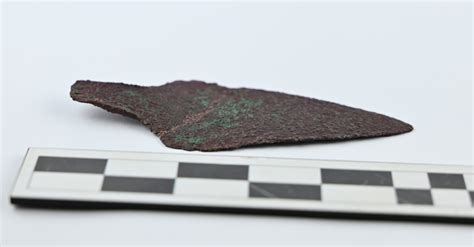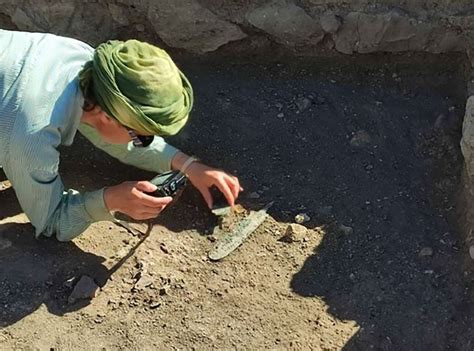In a quiet corner of the Médiathèque du Grand Troyes in France lies a treasure trove of medieval manuscripts that hold secrets to a forgotten era. Nestled within the dusty pages of these ancient tomes are clues that speak of a time when distant lands were connected by intricate trade routes carrying goods both mundane and extraordinary.
Imagine stepping back in time to the 12th and 13th centuries, where Cistercian monks at Clairvaux Abbey delicately inscribed their knowledge onto parchment made from animal skins. These monks, nestled in the northern reaches of France, crafted books not only for spiritual enlightenment but also as vessels of historical preservation.
One such book, now weathered by centuries gone by, stands out among the others. Its cover, once lush with fur, now faded and worn. What sets it apart is the material that adorns its exterior – seal skin. Yes, you read that right! Beneath this unassuming cover lies a tale as captivating as any found in literature.
### Unveiling the Mystery: The Science Behind the Skins
Book conservator Élodie Lévêque embarked on a journey to unravel the mystery shrouding these peculiar covers. At first glance, they appeared to be fashioned from sheepskin like many others of their time. However, upon closer inspection under the microscope, a startling revelation emerged – these covers were made from sealskin.
“I was like, ‘that’s not possible. There must be a mistake,'”
Lévêque recounted her initial disbelief when faced with this unexpected discovery. Seals weren’t known to frequent the shores of France during that period. Yet repeated tests confirmed their suspicions – these covers indeed belonged to seals.
### Tracing Origins: A Tale of Norse Hunters and Trade Routes
The plot thickens as researchers dive deeper into this enigmatic narrative. Genetic analysis revealed that some skins bore resemblance to harbor seals hailing from Scandinavia while others mirrored those of harp seals native to Greenland or Iceland. How did these marine mammal hides find their way into medieval French monasteries?
The answer may lie in the bustling trade networks crisscrossing Europe at that time. Norse hunters traversing icy waters could have hunted seals for sustenance and brought their valuable skins along trading routes leading southwards towards France’s coastlines.
### A Touch of Whimsy: Imagining Furry Book Covers
Picture these books in their prime – soft fur enveloping them like a protective embrace; each page turned revealing tales both sacred and secular written on vellum sheets bound together with threads spun from dreams.
“At the time, it would have looked completely like a teddy bear, but light in color,”
muses Lévêque as she envisions how different these volumes must have appeared centuries ago – vibrant hues contrasting against dimly lit scriptoria filled with devoted scribes bent over their work.
### Expert Analysis: Insights into Medieval Trade Dynamics
Delving into this extraordinary find sheds light on medieval trade dynamics often overlooked by historians focused on more traditional goods such as spices or silks. These seal-skin clad books serve as tangible evidence of far-reaching connections between distant lands and cultures during an age when communication traveled slowly but ideas flowed freely.
Historians specializing in medieval commerce view this discovery as a priceless window into an era where luxury items transcended borders alongside everyday necessities. The exchange wasn’t merely about goods but also about cultural exchange and intellectual enrichment facilitated by intrepid traders seeking fortunes beyond mere gold or silver.
As we close this chapter on seal-skinned mysteries tucked away within ancient pages, let us remember that history’s tapestry is woven with threads both common and rare – each telling its story if only we pause to listen carefully amidst the whispers echoing through time.






Leave feedback about this